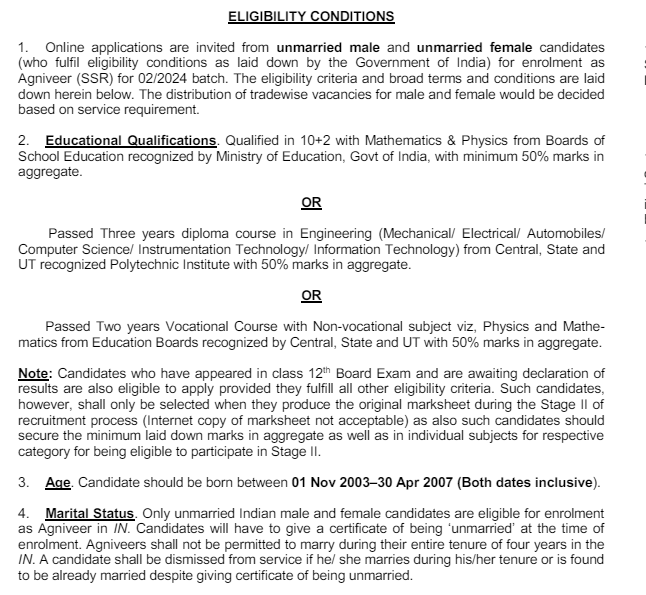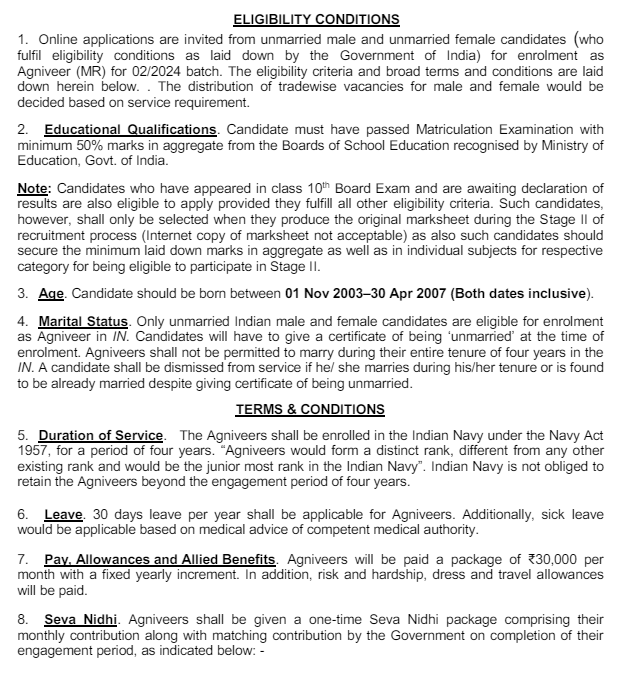Analog Electronics Part One MCQ

Category –EE Online Test
Telegram-Join Us On Telegram
Attempt Free Analog Electronics Part One MCQ Here. Read The Important Electricity MCQ From Below.
1. Which of the following is (are) diodes?
A. Schottky
B. Varactor
C. Tunnel
D. All of the above
ANS- D. All of the above
2. Which of the following metals is (are) used in the fabrication of Schottky diodes?
A. Molybdenum
B. Platinum
C. Tungsten
D. All of the above
ANS- D. All of the above
3. What are the typical ranges of reverse-bias current levels IS for low-power and high-power Schottky diodes at room temperature?
A. Picoamperes, nanoamperes
B. Nanoamperes, microamperes
C. Microamperes, milliamperes
D. Milliamperes, amperes
ANS- C. Microamperes, milliamperes
4. What is the voltage drop across Schottky diodes?
A. 0 V to 0.2 V
B. 0.7 V to 0.8 V
C. 0.8 V to 1.0 V
D. 1.0 V to 1.5 V
ANS- A. 0 V to 0.2 V
5. What metal(s) is(are) used in the construction of Schottky diodes?
A. Molybdenum
B. Platinum
C. Tungsten
D. Silicon
E. Any of the above
ANS- E. Any of the above
Analog Electronics Part One MCQ
6. For a 50-A unit, the PIV of the Schottky is about _____ compared to 150 V for the p-n junction variety.
A. 25
B 50
C. 75
D. 100
ANS- B 50
7. Schottky diodes are very effective at frequencies approaching _____.
A. 20 GHz
B. 10 MHz
C. 100 MHz
D. 1 MHz
ANS- A. 20 GHz
8. This is an approximate equivalent circuit for the _____ diode.
A. Schottky
B. varicap
C. tunnel
ANS- A. Schottky
9. What is the range of the varying capacitor CT in varactor diodes?
A. 0 pF to 5 pF
B. 2 pF to 100 µF
C. 2 µF to 100 µF
D. 2 pF to 100 pF
ANS- D. 2 pF to 100 pF
10. Which of the following areas is (are) applications of varactor diodes?
A. FM modulators
B. Automatic-frequency control devices
C. Adjustable bandpass filters
D. All of the above
ANS- D. All of the above
Analog Electronics Part One MCQ
11. The tuning diode is a _____-dependent, variable _____.
A. voltage, resistor
B. current, capacitor
C. voltage, capacitor
D. current, inductor
ANS- C. voltage, capacitor
12. This is an equivalent circuit for the _____ diode.
A. Schottky
B. varicap
C. tunnel
ANS- B. varicap
13. The varicap diode has a transition capacitance sensitive to the applied reverse-bias potential that is a maximum at zero volts and decreases _____ with increasing reverse-bias potentials.
A. logarithmically
B. parabolically
C. exponentially
ANS- C. exponentially
14. The majority of power diodes are constructed using _____.
A. molybdenum
B. platinum
C. tungsten
D. silicon
ANS- D. silicon
15. The current capability of power diodes can be increased by placing two or more in series.
A. True
B. False
ANS- B. False
Analog Electronics Part One MCQ
16. The PIV rating of power diodes can be increased by stacking the diodes in series.
A. True
B. False
ANS- A. True
17. Which of the following diodes has a negative-resistance region?
A. Schottky
B. Varactor
C. Tunnel
D. Power
ANS- C. Tunnel
18. Which of the follow in semiconductor materials is (are) used in the manufacturing of tunnel diodes?
A. Germanium
B. Gallium
C. Both germanium and gallium arsenide
D. Silicon
ANS- C. Both germanium and gallium arsenide
19. What is the ratio IP / IV for gallium arsenide?
A. 1:1
B. 5:1
C. 10:1
D. 20:1
ANS- D. 20:1
20. What is the limit of peak current IP in tunnel diodes?
A. A few microamperes to several hundred amperes
B. A few microamperes to several amperes
C. A few microamperes to several milliamperes
D. A few microamperes to several hundred microamperes
ANS- A. A few microamperes to several hundred amperes
21. What is the maximum peak voltage for tunnel diodes?
A. 50 mV
B. 100 mV
C. 250 mV
D. 600 mV
ANS- D. 600 mV
Analog Electronics Part One MCQ
22. In which region is the operating point stable in tunnel diodes?
A. Negative-resistance
B. Positive-resistance
C. Both negative- and positive-resistance
D. Neither negative- nor positive-resistance
ANS- B. Positive-resistance
23. Which of the following diodes is limited to the reverse-bias region in its region of operation?
A. Schottky
B. Tunnel
C. Photodiode
D. Rectifier
ANS- C. Photodiode
24. Schottky diodes have _____.
A. quick response time
B. a lower noise figure
C. both quick response time and a lower noise figure
D. None of the above
ANS-. C. both quick response time and a lower noise figure
25. Schottky diode construction results in a _____ uniform junction region and a _____ level of ruggedness.
A. more, high
B. less, high
C. more, low
D. less, low
ANS- A. more, high
26. In both n-type and p-type silicon materials, the _____ is the majority carrier in a Schottky diode.
A. hole
B. electron
C. proton
C. neutron
ANS- B. electron
Analog Electronics Part One MCQ
27. The barrier at the junction for a Schottky diode is _____ that of the p-n junction device in both the forward-
and reverse-bias regions.
A. the same as
B. more than
C. less than
D. None of the above
ANS- C. less than
28. A Schottky diode has _____ level of current at the same applied bias compared to that of the p-n junction at
both the forward- and reverse-bias regions.
A. a lower
B. a higher
C. the same
D. None of the above
ANS- B. a higher
29. The PIV of Schottky diodes is usually _____ that of a comparable p-n junction unit.
A. 1/2
B. 1/3
C. 1/4
D. 1/5
ANS- B. 1/3
30. Varactor diodes are _____.
A. semiconductor devices
B. voltage-dependent
C. variable capacitors
D. All of the above
ANS- D. All of the above
31. In varactor diodes, as the reverse-bias potential increases, the width of the depletion region _____, which in turn _____ the transition capacitance.
A. increases, increases
B. decreases, reduces
C. increases, reduces
D. decreases, increases
ANS-. C. increases, reduces
Analog Electronics Part One MCQ
32. The normal range of reverse-bias voltage VR for varactor diodes is limited to about _____.
A. 15 V
B. 20 V
C. 25 V
D. 40 V
ANS- B. 20 V
33. In the reverse-bias region of varactor diodes, the resistance RR in parallel with the varying capacitor is _____ and the series resistance RS is _____.
A. very large, very small
B. very large, very large
C. very small, very large
D. very small, very small
ANS- A. very large, very small
34. The majority of power diodes are constructed using silicon because of its higher _____ rating(s).
A. current
B. temperature
C. PIV
D. All of the above
ANS- D. All of the above
35. The current capability of power diodes can be increased by placing two or more of the diodes in _____, and the
PIV rating can be increased by stacking the diodes in _____.
A. parallel, parallel
B. series, parallel
C. parallel, series
D. series, series
ANS- C. parallel, series
Analog Electronics Part One MCQ
36. In the negative-resistance region of tunnel diodes, as the terminal voltage increases, the diode current
_____.
A. remains the same
B. decreases
C. increases
D. is undefined
ANS- B. decreases
37. The p-n junction of a tunnel diode is doped at a level from _____ to _____ times that of a typical semiconductor diode.
A. one, several
B. several, ten
C. more than ten, several hundred
D. one hundred, several thousand
ANS- D. one hundred, several thousand
38. The negative-resistance region of tunnel diodes can be used in the design of _____.
A. oscillators
B. switching networks
C. pulse generators
D. All of the above
ANS- D. All of the above
39. The wavelength is usually measured in _____.
A. angstrom units
B. micrometers
C. both angstrom units and micrometers
D. None of the above
ANS- C. both angstrom units and micrometers
Analog Electronics Part One MCQ













